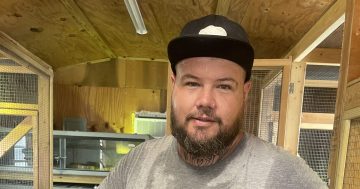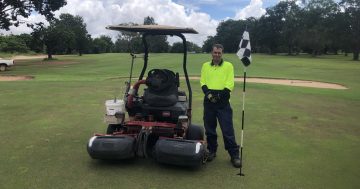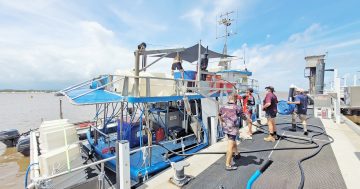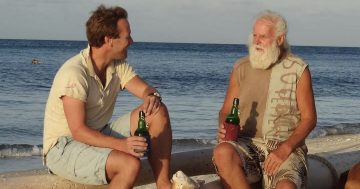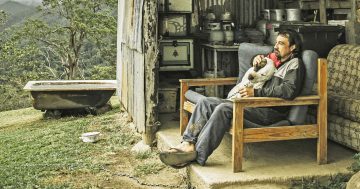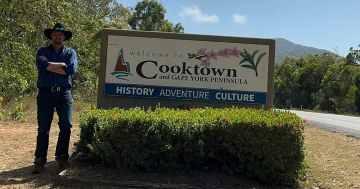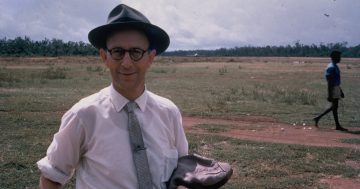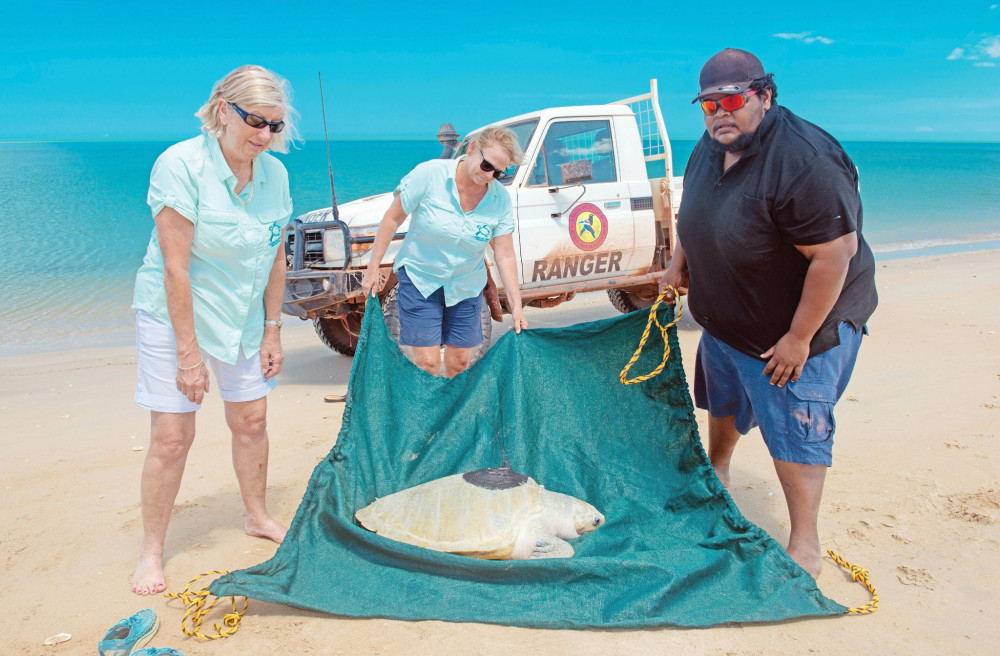
LIFE hasn’t been easy for Lou the turtle, but he’s been given a second chance thanks to some dedicated volunteers.
First sighted four years ago near Mapoon, Lou was captured at Pennefather Beach entangled in a ghost net.
One of his flippers had worn away and another flipper had to be amputated by a vet in Cairns.
Last Wednesday, he was put back into the wild in what Jennie Gilbert hopes to be a feel-good story in 2020.
“He has had an adventure,” the co-founder of Cairns Turtle Rehabilitation Centre said.
“It has taken him all this time to recover well enough to be released back into the wild.”
Ms Gilbert said she was not sure how Lou would go back in his natural habitat, but insisted that putting him back in the Gulf of Carpentaria waters was better than him spending the rest of his life in a pool.
“He’s quite a strong boy and is probably about 50-60 years old. The flippers he is missing are opposing diagonally and he has a big, strong tail,” she said.
“At the moment we have a tracker on him and anyone can get online and have a look to see how he’s going.”
Cape York Weekly jumped on the citizensgbr.org tracking site on Sunday to see how Lou was doing.
In just four days he had swum a total of 58km, however, was still cruising near Pennefather.
Although the most abundant sea turtle found globally, Olive Ridleys are mostly found on the Western Cape in Australia.
They breed mainly at small rookeries.
The second smallest of the seven species of sea turtle, they feed in continental shelf waters on food that includes crabs, echinoderms, shellfish and gastropods.
Ms Gilbert said a large team of people had contributed to Lou’s survival and recovery and thanked Cape York rangers who played a key role.
QantasLink sponsored the flights and freight for Lou and the Cairns Turtle Rehabilitation Centre volunteers, while the Marlin Coast Vet Hospital took care of his amputation and immediate recovery.
He has spent the last three years at Fitzroy Island’s turtle rehab facility in preparation for his return home.


